Retro Replay Review
Gameplay
Plasma Sword: Nightmare of Bilstein refines the fast-paced fighting mechanics introduced in Star Gladiator, offering a smooth blend of 3D movement and classic arcade-style combat. Players can dash, jump, and guard in any direction without the risk of ring-outs, allowing for intense battles in unrestricted arenas. This freedom of movement makes positioning and timing crucial, as you must anticipate your opponent’s plasma attacks while seeking openings for your own special moves.
(HEY YOU!! We hope you enjoy! We try not to run ads. So basically, this is a very expensive hobby running this site. Please consider joining us for updates, forums, and more. Network w/ us to make some cash or friends while retro gaming, and you can win some free retro games for posting. Okay, carry on 👍)
Central to the gameplay is the innovative “plasma power” system, which gradually charges during a match. Once you’ve accumulated enough energy, you can unleash visually stunning plasma moves that engulf the screen in vibrant bursts of color. These cinematic specials not only deal significant damage but also introduce tactical depth: should you spend your meter on a quick combo ender, a defensive counter, or save up for a game-changing ultimate?
With 22 characters to choose from—each boasting unique weapons, movement speeds, and plasma techniques—Plasma Sword offers a surprisingly varied roster. However, it’s worth noting that there are only 11 distinct move templates, shared between two characters apiece. While this reuse can lead to some overlap in playstyles, each duo still feels differentiated thanks to weapon reach, personal animations, and character-specific framing nuances.
The arcade-origin roots are evident in the one-on-one battles and straightforward round structure, but the Dreamcast port enriches the experience with customizable training modes and versus matches against AI or local friends. Whether you’re grinding for perfect combos in practice mode or climbing the leaderboards in Arcade, Plasma Sword’s mechanics are tight enough to keep both casual fighters and dedicated tournament players engaged.
Graphics
Visually, Plasma Sword presents a striking contrast between its 3D character models and the largely static 2D backgrounds. The fighters themselves are rendered with sharp polygonal detail, fluid animations, and distinct weapon effects that pop on-screen—particularly during plasma move sequences. Despite the Dreamcast’s hardware limitations, the game manages to maintain a solid frame rate even when the camera is engulfed in plasma storms.
The stages, however, rely on flat bitmap textures for scenery and menus, resulting in environments that can feel disappointingly static compared to the dynamic fighters. While this design choice allows the game to prioritize smooth character rendering, it occasionally makes the arenas feel empty or lifeless outside of battle. Still, the color palettes and sci-fi motifs—ranging from neon-lit space stations to industrial complexes—provide enough variety to keep the visuals from becoming monotonous.
Character design is where Plasma Sword truly shines. Each fighter sports an anime-inspired silhouette, with exaggerated hairstyles, futuristic outfits, and oversized plasma weapons that make them instantly recognizable. Special attention has been paid to particle effects and lighting during plasma moves, giving every super attack a sense of weight and spectacle. These moments are the graphical highlights, and they often steal the show.
Overall, while the static backgrounds may not impress modern standards, the game’s focus on vivid character models and electrifying special effects ensures that the core battles remain a visual treat. Fans of late-90s arcade aesthetics will appreciate the blend of 2D and 3D elements that defined many Dreamcast-era fighters.
Story
Plasma Sword’s narrative picks up after the events of Star Gladiator, plunging players into a cosmic struggle against the mad genius Dr. Edward Bilstein. Having returned from apparent defeat, Bilstein now commands terrifying plasma experiments to subjugate the galaxy. Each of the 22 combatants enters the fray with personal motivations—some seek vengeance, others defend their homelands, and a few simply chase the promise of glory.
The story unfolds slice-of-life style through brief pre- and post-battle portraits and dialogue snippets, a format typical of arcade ports. While the plot delivery is concise—just enough to give context to each fight—it lacks deep cutscenes or branching narratives. Players looking for a cinematic tale will find the storytelling adequate but not transformative, as the focus remains firmly on the action in the ring rather than lengthy cutscenes.
Despite its brevity, the narrative framework effectively motivates repeated playthroughs. Unlockable endings for each character encourage exploration of the roster, revealing alternate perspectives on Bilstein’s rise to power. Collectively, these short stories weave a modest but coherent tapestry of intergalactic conflict, letting you piece together the overarching plot through individual character arcs.
For those who value lore, the Dreamcast manual supplements the in-game narrative with additional backstory and character bios. While not integrated into the gameplay itself, these text-based details enrich the universe and provide insights into Plasma Sword’s science-fiction setting.
Overall Experience
Plasma Sword: Nightmare of Bilstein captures the spirit of golden-age arcade fighters, blending rapid-fire combos with flashy special moves and unrestricted battlegrounds. Its tight controls and balanced roster make it an approachable yet deep title, ideal for both casual couch sessions and competitive local tournaments. Even decades after its release, the core gameplay remains engaging thanks to its emphasis on skillful meter management and air-tight frame data.
However, the game isn’t without its quirks. The recycled move templates and static stage backgrounds reflect its arcade origins and hardware constraints, which may feel dated to modern eyes. Yet these limitations are counterbalanced by the sheer spectacle of the plasma attacks and the personality of its anime-inspired fighters. Each character’s design and move set invites experimentation, ensuring that no two matches ever play out exactly the same.
The Dreamcast port does a commendable job preserving the arcade feel while adding practice modes and adjustable difficulty settings. Multiplayer sessions, whether against a mentor-like AI or a friend, remain the heart of the experience. If you own a Dreamcast or are keen on exploring retro fighters, Plasma Sword stands out as a hidden gem with enough polish and flair to justify its place in any collection.
In the end, Plasma Sword: Nightmare of Bilstein is a testament to the era when arcade innovation met home console convenience. Its combination of unrestricted 3D movement, striking plasma visuals, and a diverse cast makes for a memorable fighting game that still resonates with fans of the genre. For buyers seeking an old-school yet uniquely stylized fighter, this title delivers addictive combat and a punchy sci-fi atmosphere.
 Retro Replay Retro Replay gaming reviews, news, emulation, geek stuff and more!
Retro Replay Retro Replay gaming reviews, news, emulation, geek stuff and more!

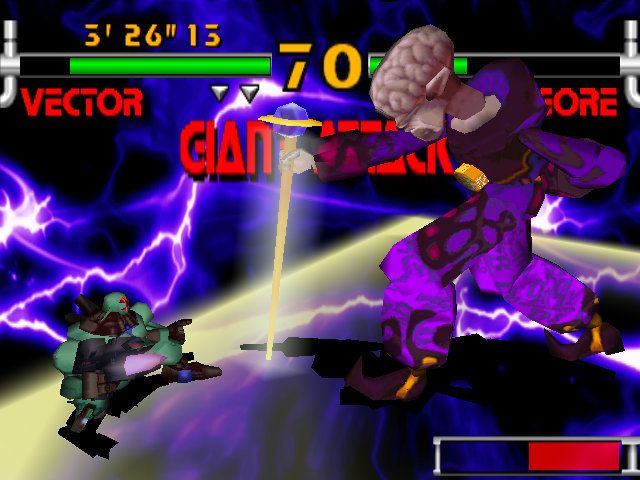
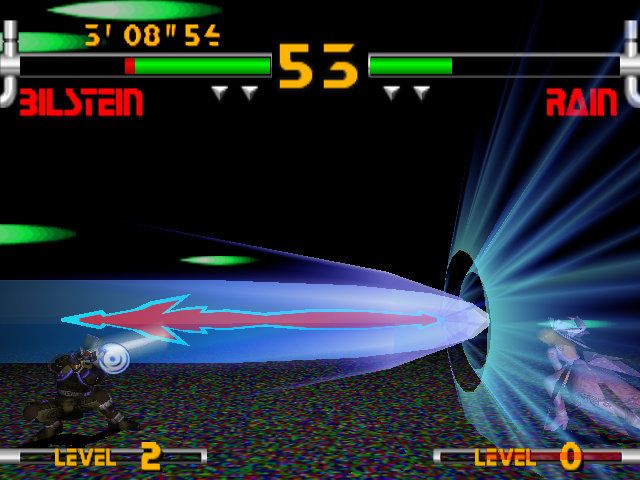
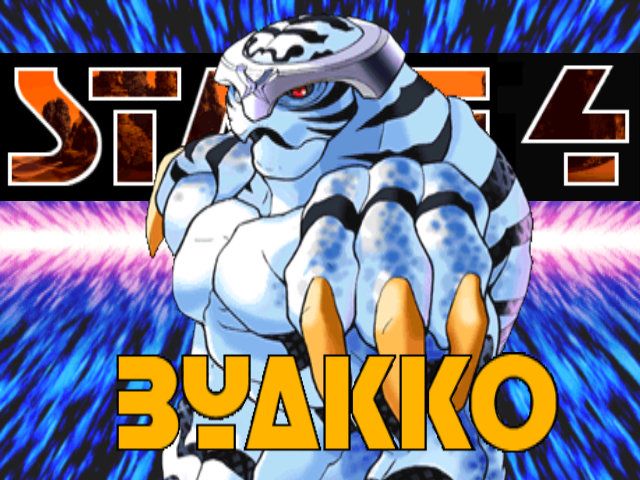
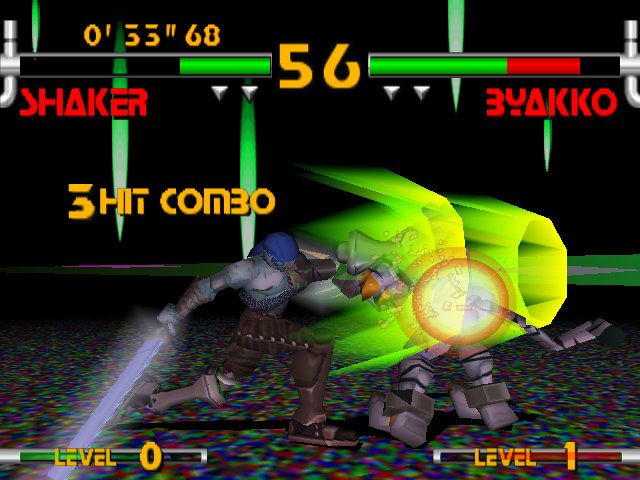

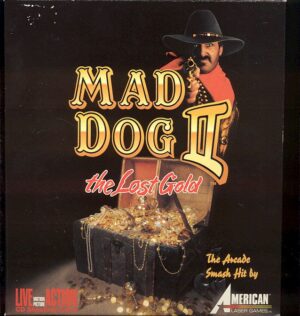

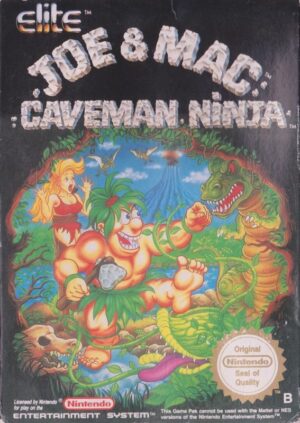
Reviews
There are no reviews yet.